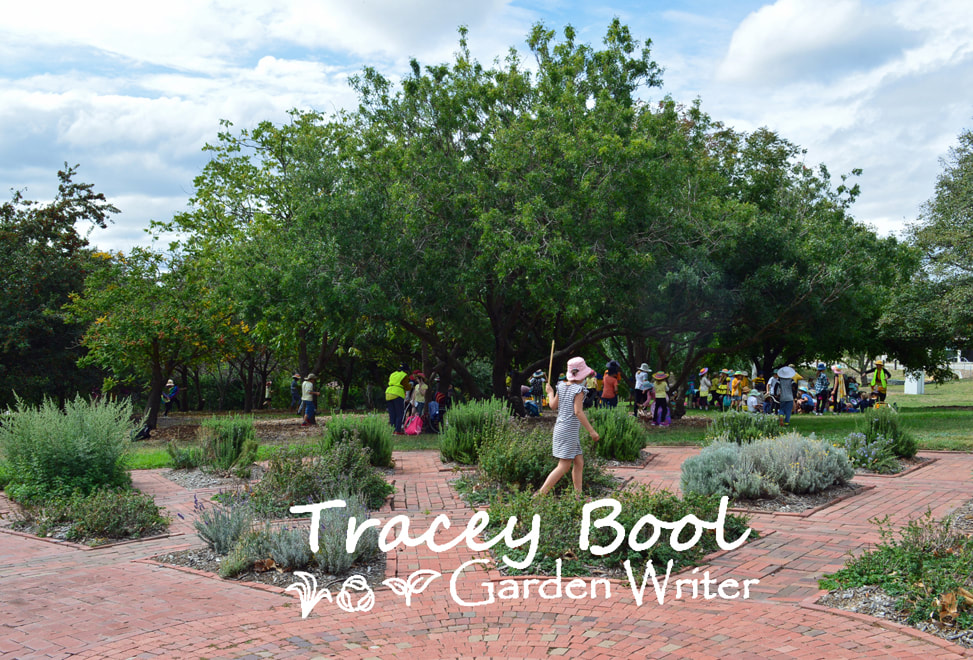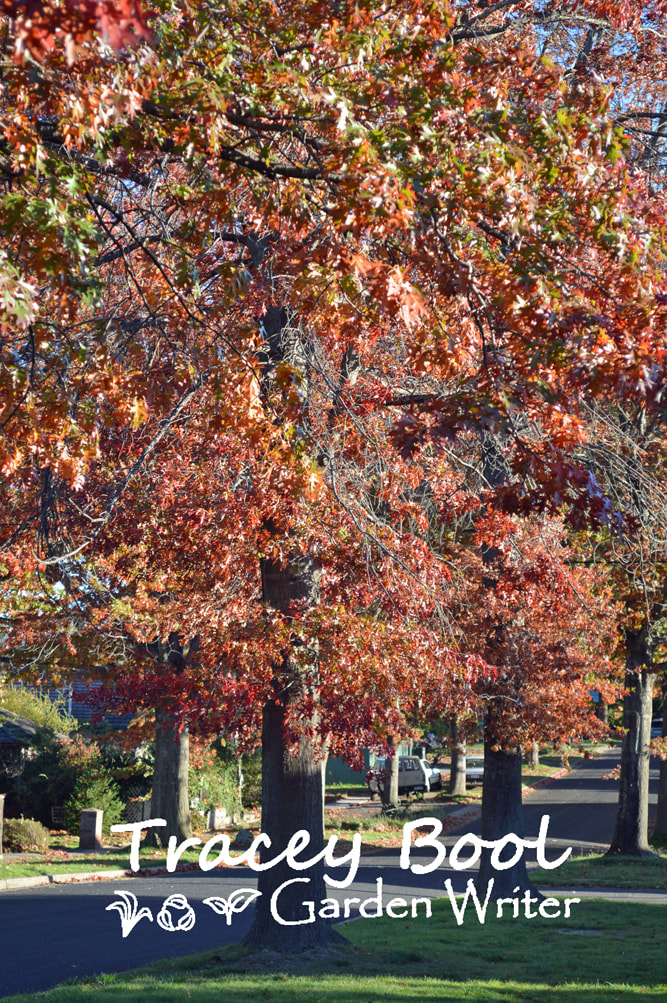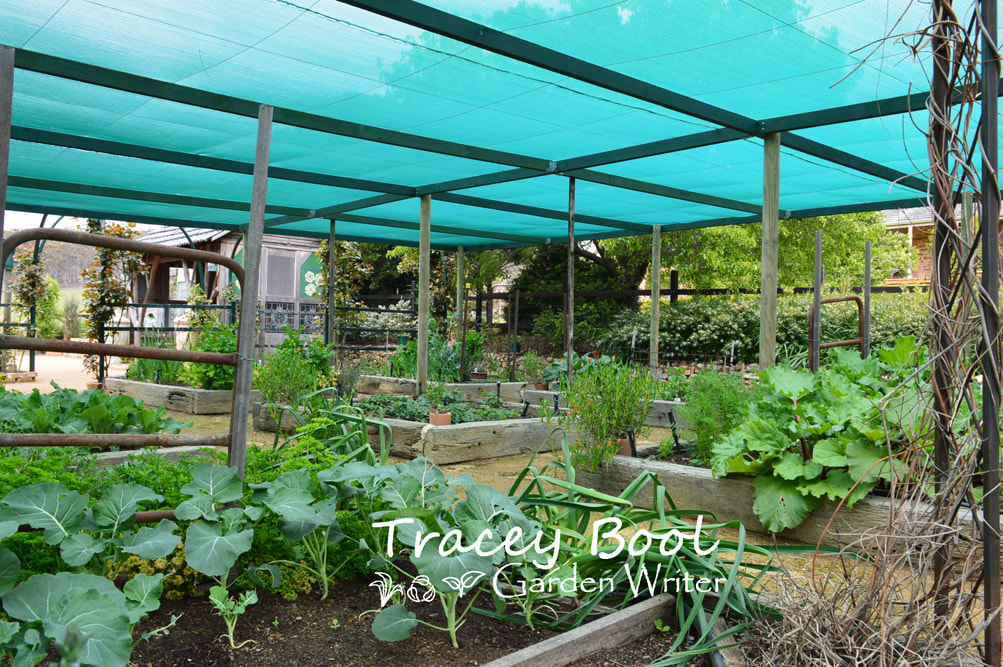|
Climate Change Gardens (February 2019) What on earth is a climate change garden, I hear you ask? A climate change garden is a garden better equipped to handle extremes in temperature, flooding, drought and unpredictable weather. It’s a savvy garden space which uses careful planning, observation and innovations to insure your garden into the future. Moreover, a climate change garden will provide much needed habitat and food for wildlife and beneficial insects, and it will also make your home more energy efficient and liveable. Some inclusions in climate change gardens:
|
|



